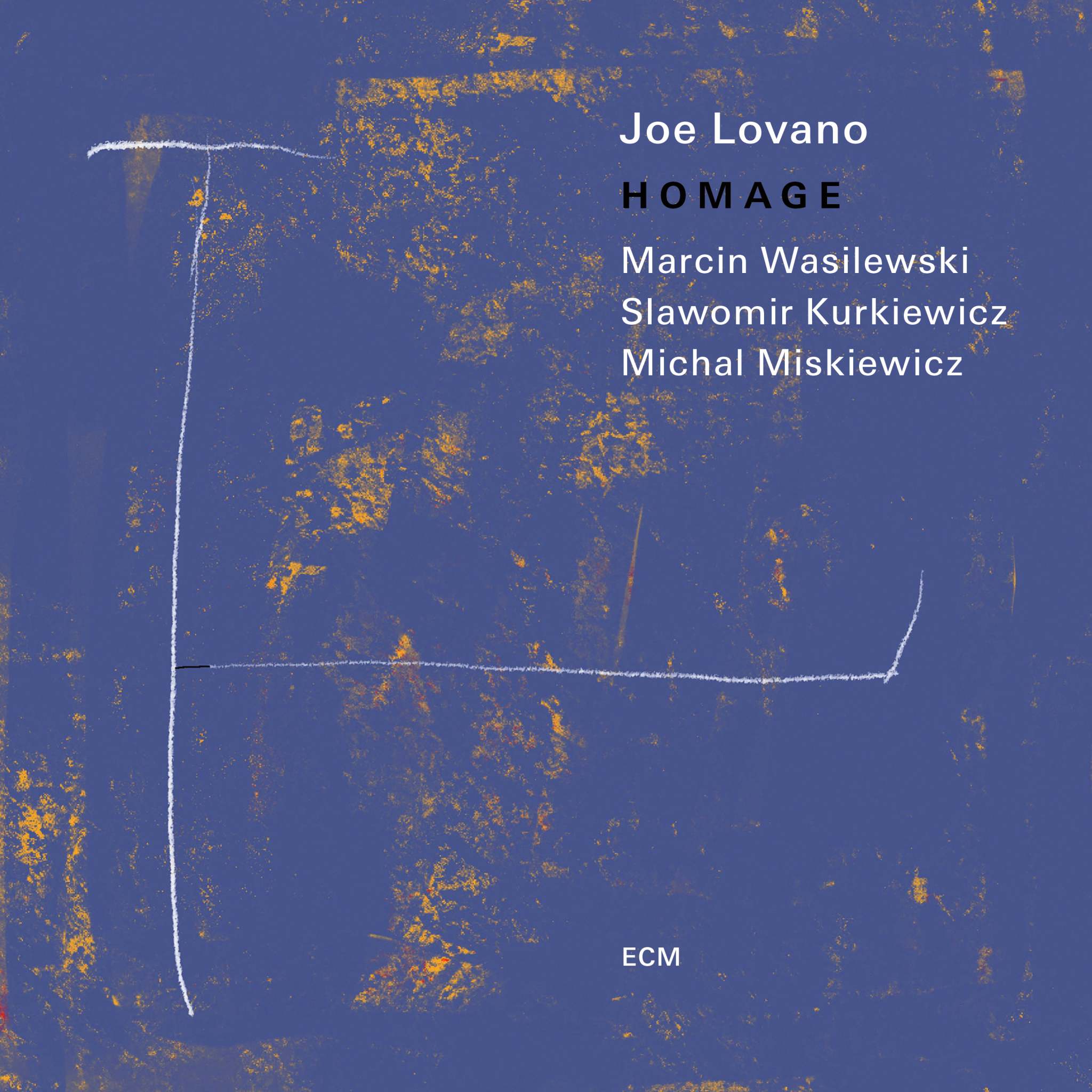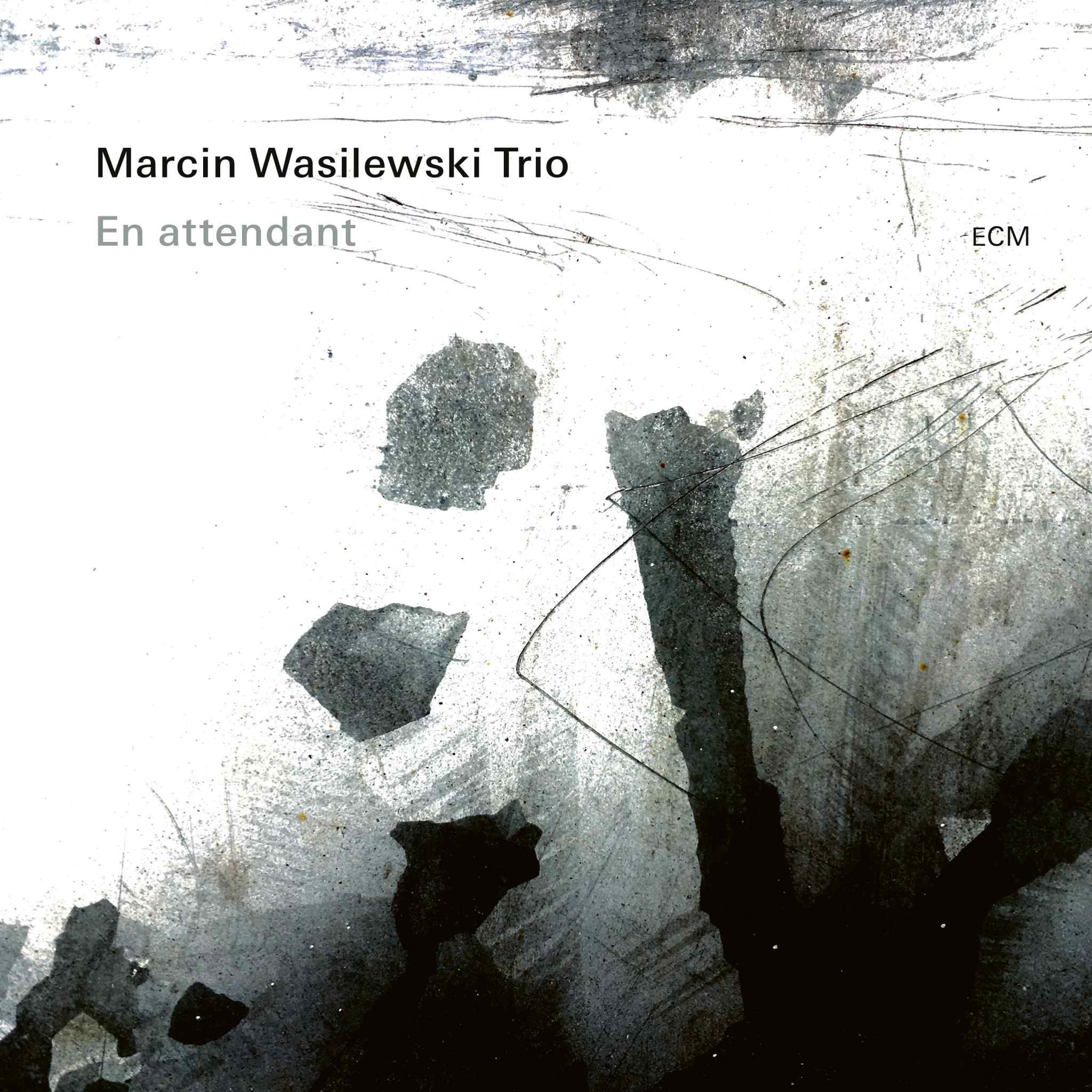Album insights
Many early sacred music pieces from England cannot be precisely dated, but they likely span roughly two centuries. The diverse styles in these works range from the English Ars Antiqua to the influential "contenance angloise" that had a significant impact on European music in the 1440s. The oldest piece, Alleluia. Christo iubilemus, exemplifies how a plainchant could be embellished for festive occasions like Christmas with intricate vocal ornamentation, creating a layered effect. The introduction of troping, where additional text layers are interwoven, adds depth and complexity to the music. The Rondellus technique, considered typically English, appears to have been employed over an extended period, as seen in compositions like Stella maris nuncuparis.
In the music manuscript originating from Meaux Abbey around 1300, simpler structures are evident, featuring repetitions and cadence patterns that create a hypnotic effect, as in Ave mundi rosa. The Kyrie Cuthberte prece, likely from Durham, poses interpretational challenges due to its chromatic variations and unconventional invocation patterns. Despite deviations, each of its eight stanzas is paired together, maintaining a natural flow. The earliest attributed work in the collection is the splendid isorhythmic motet Sub Arturo plebs by Alanus, showcasing European influences. This pioneering piece layers texts evoking music evolution from ancient times to the era of Pope Gregory I, acknowledging notable English musicians of the period, possibly including the humble name of John Aleyn.
Furthermore, the Old Hall Manuscript illustrates a wide range of styles, with simpler compositions like the Agnus Dei by Chirbury, contrasting richly harmonized works like the Gloria by Gervays. Towards the end of the era, complexities by composers like Leonel Power reflect French late 14th-century music, demonstrating extraordinary chromaticism and rhythmic intricacies. Powers' evolving style towards smoother lines and meticulous consonance regulation is noticeable, differing from the intricate metrical disruptions seen in earlier motet works. Notably, John Dunstaple's refined compositions, such as Dies dignus, indicate a shift towards a more flowing and restrained style, influencing later continental composers like Dufay and Binchois.
As exemplified by later pieces, notably the Credo anonymously added to the Old Hall Manuscript, a transition to a mid-15th-century English style is discernible, embracing melodious fluidity and interwoven voices. The anonymous Credo with a structural element based on an inscription within the tenor voice showcases vivacious rhythms akin to Excetre's Credo. Additionally, the concluding anonymous Credo, augmented to align with the manuscript's core repertoire, illustrates an intricate structural element rooted in the Latin text within the tenor voice, demonstrating the composer's intellectual ingenuity and reverence, much like their contemporaries of the period.







